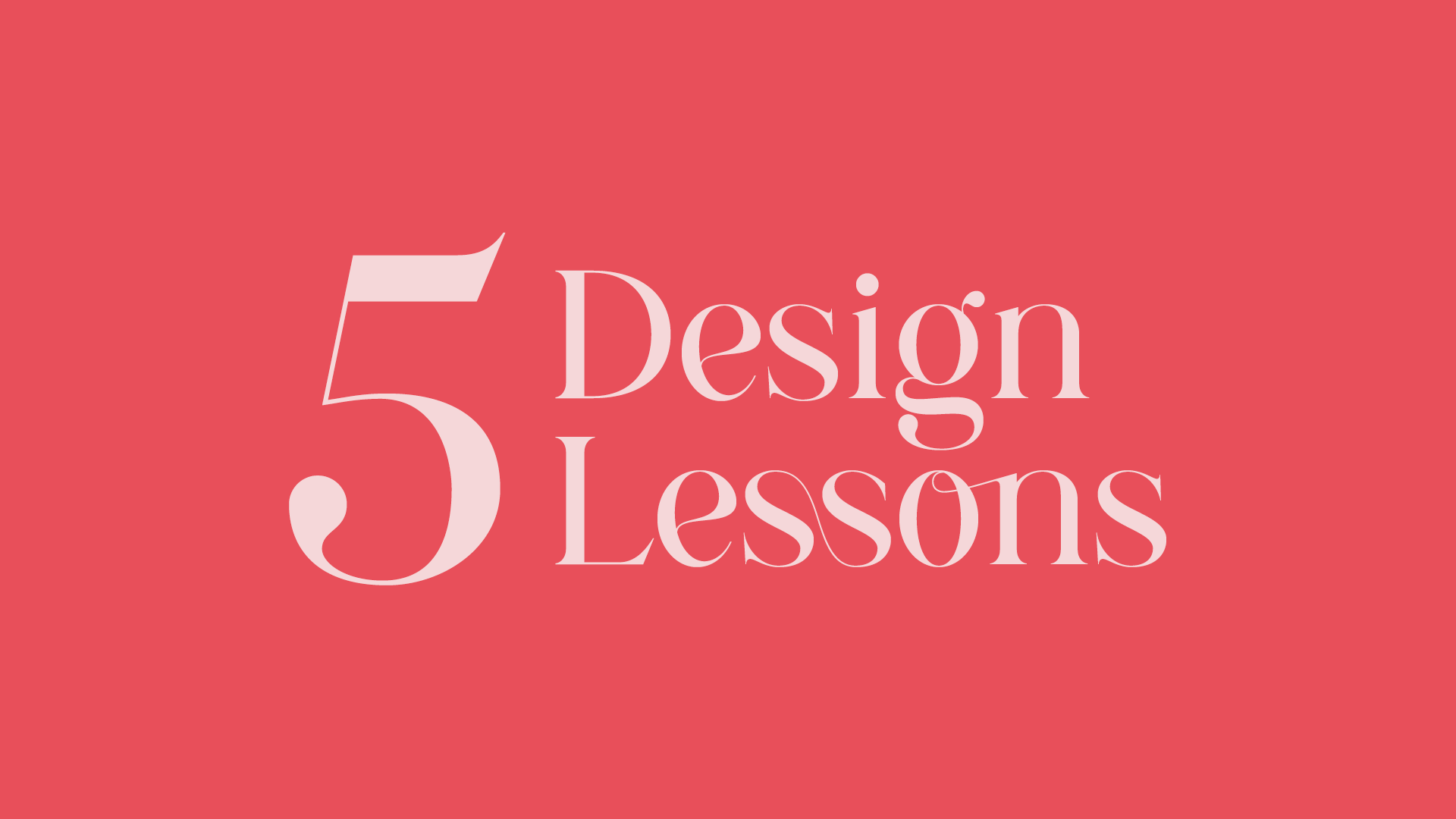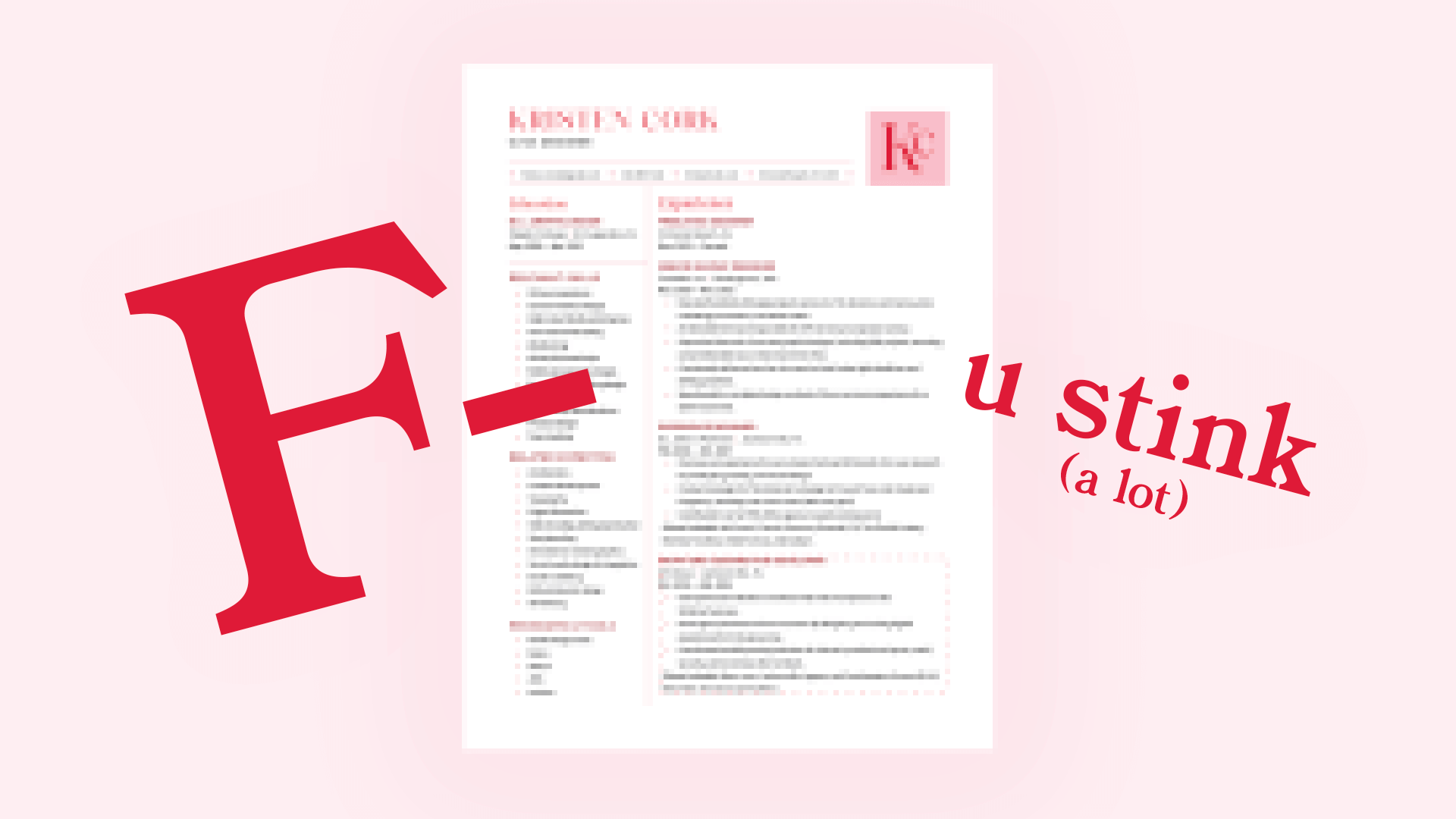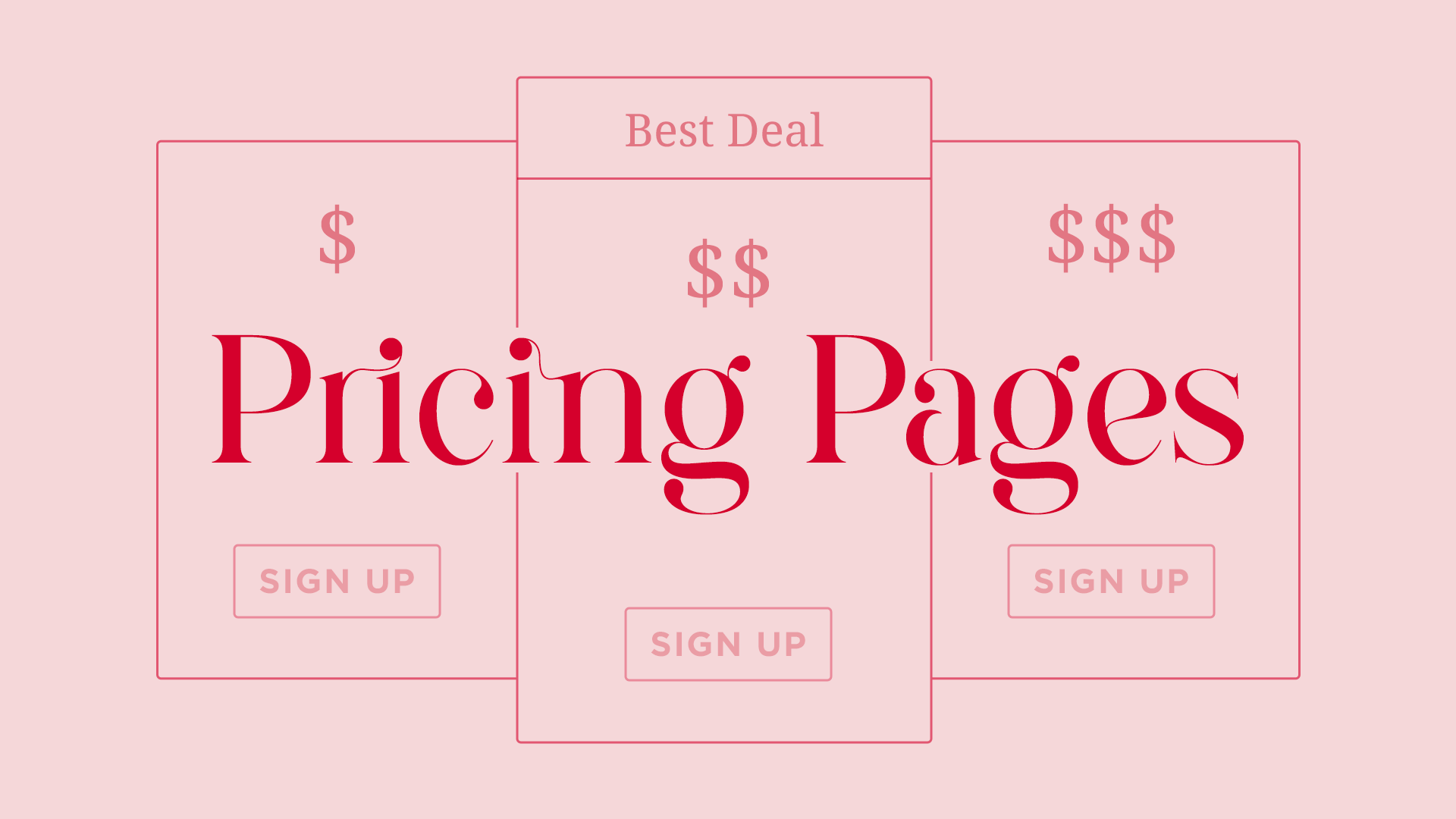Over the years, I’ve picked up lessons that have reshaped how I work as a designer—some from experience, some from mentors, and some from trial and error. These five insights have made my work better, my process smoother, and my mindset stronger—especially when things feel uncertain.
1. Start somewhere, even if it’s bad.
Sometimes, just getting started feels impossible. It’s not just the blank page—it’s the endless questions. What size should it be? How many pages? Is a page even the right format? The uncertainty can be paralyzing. But the best way to break through that freeze is to put something down—anything. Type a few words, drop in some shapes, make a mess. Even if it looks terrible, it’s no longer a blank page. Once there’s something on the canvas, you’re no longer stuck. You’re in motion—and that’s what matters.

A moodboard is a great way to gather ideas and spot emerging patterns.
2. Recognize that "the problem" isn’t always the problem.
In a drawing class, I struggled to get the shading on a nose just right. When my professor looked at it, she pointed out that the issue wasn’t with the nose at all—it was with the lips. I had been so focused on fixing the wrong thing that I lost sight of the bigger picture. That lesson has stuck with me as a designer. When something in a design isn’t working, I step back and look at what’s around it. Sometimes, the fix is a simple visual adjustment; other times, it calls for a deeper conversation about strategy, audience, or overall direction.

Pablo Picasso's Bust of a Woman (Dora Maar)—isn't quite what I was drawing when I learned this lesson, but it might as well have been.
3. Don't be afraid to start over.
Most people are familiar with the sunk cost fallacy—the tendency to stick with something just because of the time and effort already invested, even when it’s not working. I've often found myself in the middle of a project and realized the only way forward is to start fresh. Recognizing when to let go is a valuable skill, but it’s not always easy. However, starting over doesn’t mean starting from scratch. Every attempt adds to your experience, shaping better decisions and stronger designs moving forward.

Starting fresh or even duplicating the file and branching off is sometimes the best thing for the project.
4. Do your research, then trust your instincts.
Unknowns can be uncomfortable, but the best way to tackle them is through research. Dive in—cast a wide net, explore deeply, and gather as much information as possible within a set time. Don’t get stuck trying to be perfect; just absorb what you can. A well-researched project strikes the right balance between knowledge and intuition. When your instincts are backed by solid data, decision-making becomes both confident and informed.

Informed intuition feels a lot like the computer work on Severance (Apple TV)—"the work is mysterious and important."
5. Forget perfection—focus on what’s needed.
It’s easy to chase an ideal outcome, but perfection isn’t a real goal—it’s unattainable. Instead, focus on what’s right for the project. You can create something beautiful, but if it doesn’t serve its purpose, its value is lost. Success isn’t about perfection; it’s about making something that works. A mentor once told me to aim for what’s appropriate rather than what’s perfect, and that mindset shift has helped me recalibrate and refocus time and time again.

Figuring out what's going to serve the end goal will help so much. Photo by Danae Paparis on Unsplash
Design isn’t about getting everything right the first time—it’s about refining, reworking, and trusting the process. These lessons have helped me navigate uncertainty, make better decisions, and create stronger work. If they resonate with you, I hope they help you do the same.
If you'd like to learn more about my design approach or explore how these lessons could apply to your projects, feel free to connect with me on LinkedIn. Let’s share insights and grow together!











